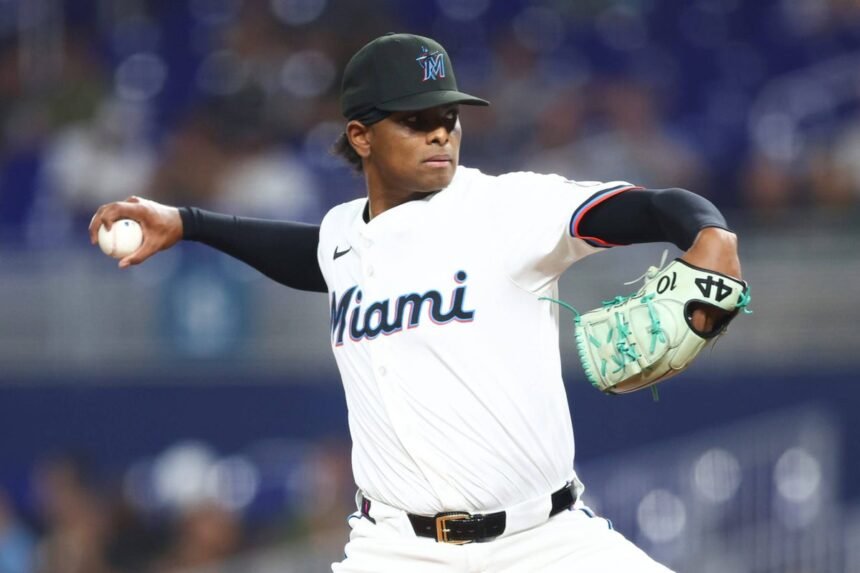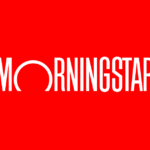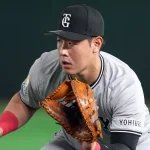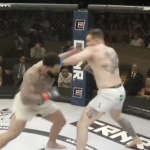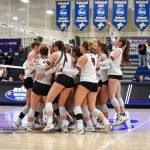CHICAGO — The Wrigley Field gates had not yet opened to the general public, lending the iconic ballpark a certain stillness. On the field before an early-season game, Chicago Cubs president of baseball operations Jed Hoyer chatted with Peter Bendix, his counterpart from the Miami Marlins. As players went through their warmup routines, a random voice from the stands suddenly pierced the quiet.
“Jed, get us some pitching!”
Whoever that person was, and however he got in there, he was still on the right track. In the middle of May, while Justin Steele was recovering from season-ending elbow surgery and the bullpen was unsettled, that already appeared to be an obvious area of improvement. And now, in the final days leading up to the July 31 trade deadline, that need has become acute.
Pitching remains Chicago’s top priority at the trade deadline, according to league sources briefed on the club’s wide-ranging search, which includes everyone from rental players, such as Arizona Diamondbacks starters Zac Gallen and Merrill Kelly, to potential closers to All-Star performers under club control who are viewed as unlikely to be moved.
That won’t stop the Cubs from evaluating Joe Ryan and MacKenzie Gore and engaging the Minnesota Twins and Washington Nationals on their top-of-the-rotation starters. But with Ryan and Gore waiting to become free agents after the 2027 season, and Minnesota and Washington dealing with major questions about their future leadership, the Cubs would have to make an offer that could not be refused.
And whatever Hoyer and Bendix were discussing at that moment in Wrigleyville, their dialogue is ongoing.
Last offseason, the Cubs and Marlins extensively explored a deal that involved top prospect Owen Caissie and left-handed pitcher Jesús Luzardo. In the end, however, the Cubs spiked that deal during the medical review, due to concerns about Luzardo and the acquisition cost. The Philadelphia Phillies swooped in to close a Luzardo deal.
In Miami, Sandy Alcantara is the much bigger name, but Edward Cabrera might be the better fit for the Cubs. Though Alcantara carries the Cy Young Award-winning pedigree, he also has a 6.66 ERA this season and comes with some unknowns.
Sandy Alcantara, who won the NL Cy Young Award in 2021, has rarely looked like his former self in 2025, posting a 6.66 ERA through 20 starts. (Sam Navarro / Imagn Images)
Though Alcantara missed all of last season while recovering from Tommy John surgery, he has already thrown more major-league innings this year (104) than every pitcher on Chicago’s staff except for All-Star Matthew Boyd. Alcantara could wind up being healthy and productive in September, but it would require a leap of faith to believe he would be fully ready to join Boyd and Shota Imanaga in a playoff rotation.
If the Cubs truly see Cabrera on the ascent, they could more easily rationalize the cost to add a 27-year-old pitcher out of the Dominican Republic who is pitching well right now (3.48 ERA through 17 starts) with numbers that are trending in the right direction. He could also remain under club control through 2028, which is important to Chicago’s sustainability plan.
“The baseline at the deadline is an opportunity to improve your team,” Cubs manager Craig Counsell said. “That’s both this year and in the future. It’s a time when the industry tends to make moves. It’s a transaction period for the industry.
“You just try to improve the team. There’s different thoughts about that. There’s developmental stuff. There’s the established player. There’s the young player. There’s all different ways to do that.”
It’s a fine line between identifying pitchers who could improve with a few slight tweaks and a change of scenery, and overloading them with information during the most pressure-packed parts of the season while they’re simultaneously moving across the country and dealing with family considerations.
Practice mode and competition mode are not the same thing.
“The developmental one, in terms of making big changes with players, is a little bit harder because there’s just not a lot of time left in the season,” Counsell said. “So the Brad Keller example, to me, is more of a longer-term (project).”
Keller’s emergence as one of the club’s most effective relievers was a comprehensive, time-intensive effort across multiple organizations. But his minor-league deal was part of a wider pattern that could influence this trade deadline.
Besides building around Boyd and Imanaga through free agency in consecutive offseasons, the Cubs added Caleb Thielbar on a low-cost major-league deal last winter, signed Chris Flexen to a minor-league deal during spring training, and acquired Drew Pomeranz from the Seattle Mariners’ Triple-A affiliate in April.
Buying low or avoiding the top of the market doesn’t always work. And it’s not the only avenue that Hoyer’s front office is pursuing. But this is an area where the Cubs should get some benefit of the doubt with their pitching infrastructure.
“We have those conversations all the time: ‘What about this guy’s poor performance can we potentially change?’” Hoyer said. “I do have all the faith in the world in those guys. I also have a lot of faith in our defense. We catch the ball. We play clean baseball. I think that helps.”
The Cubs know they still need more help. They enter the weekend one game behind the Milwaukee Brewers in the National League Central, with Imanaga, Cade Horton and “TBA” lined up to start a crosstown series against the Chicago White Sox on the South Side. Some of these opener/bullpen games — an 11-0 loss at Yankee Stadium before the All-Star break, Monday’s 12-4 loss to the Kansas City Royals — have turned ugly.
During the final 72 hours before next week’s trade deadline, the Cubs will play three big games in Milwaukee. The earlier message — “Get us some pitching!” — has been heard loud and clear. Now that this is a neck-and-neck race, it makes you wonder: Will anyone arrive in time to help beat the Brewers?
(Top photo of Edward Cabrera: Megan Briggs / Getty Images)




